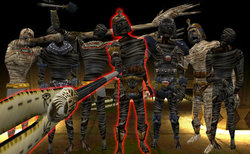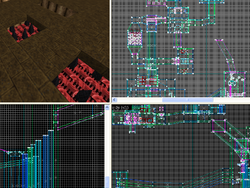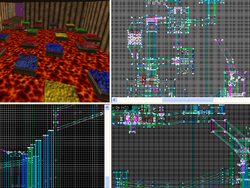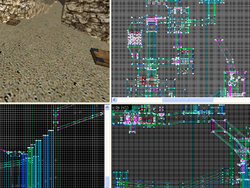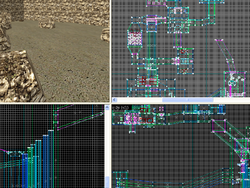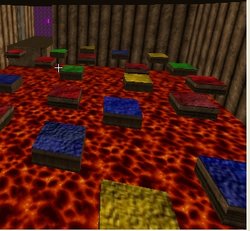- Admin
- #51
I would suggest using lighted textures where-ever possible. A lot of the Half-Life lighted textures defined in the lights.rad are electric light textures, however, so you are likely better off adding some of your own definitions to it (for crystals and the like). Better yet would be to add your own textures and make lights.rad definitions for them so as to avoid conflicts when compiling other maps. If you put them up around the lips of ceilings, where the players can't see them, however, it doesn't much matter which you use, and it can make for a nifty uplighting effect.
Static lighting entities don't add to the entity count (nor do lighted textures) - however, ones that cycle, pulse, or are toggled do - the pulsing variety are "active entities" - and like sprites and models, eat more resources than most. They'll also add significantly to your map's size - as the game effectively adds a separate bitmap for the textures so affected for every lighting level. Map size is not generally a huge concern, but if you go over the 16MB mark, issues start to come up (including the fact that it can't be downloaded in-game), and it isn't too hard to run into that wall if you go wild with pulsing lights.
Static lighting entities don't add to the entity count (nor do lighted textures) - however, ones that cycle, pulse, or are toggled do - the pulsing variety are "active entities" - and like sprites and models, eat more resources than most. They'll also add significantly to your map's size - as the game effectively adds a separate bitmap for the textures so affected for every lighting level. Map size is not generally a huge concern, but if you go over the 16MB mark, issues start to come up (including the fact that it can't be downloaded in-game), and it isn't too hard to run into that wall if you go wild with pulsing lights.

